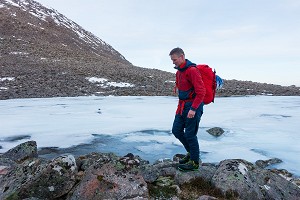
Call me fussy if you will, but I want my gear to do the practical bit AND look good. If I'm to pay hefty prices then I should be entitled to style, so with soft shells I want protection from wind, cold and light rain, as well as comfort and a certain panache. I took the three contenders to Portland in September for a spot of sport climbing with the girls and then to Lundy in October for more serious stuff – and a bit of walking. They were subjected to the elements plus steep slopes and female opinion.
The look and the fit
The Mountain Hardwear Callisto jacket (£100) - I thought was the smartest. With its simple yet tailored feminine cut it doesn't look like 'technical wear'. However Laura thought it "looked like an old lady's jacket" and although she was happy enough walking around in it she complained that it rode up her back in a chilly way while she was climbing. I thought the North Face Gritstone jacket (£150) was ugly. Ellie, however, took one look at it and wanted to keep it forever. It's generously cut, which is good for layering in winter, but this makes it a bit shapeless. It covered both bum and hips as she went up a few routes in the brisk wind, and didn't restrict the flow at all. The Westcomb Skeena hoody (£250) is beautiful and I wouldn't let anyone else near it. It looks classy (and so it should at that price). Panels under the arms and back allow for free movement and make it shapely in a good way. It's roomy without being bulky and an ideal length. I felt like a million dollars on an inspiring lead on Needle Stack on Lundy.
The performance
The Callisto is made of a polyester/elastane mix outer shell and lined with velvety micro fleece. It's light (494g), and packs away well. Laura liked the fact that it's got the stretchiness but thankfully not the stiffness of some soft shell materials – unlike the Gritstone, which sacrifices some softness for its tough Polartec Windbloc outer. This also means it's the heaviest (and bulkiest) jacket of the 3 (570g). The Skeena is the lightest jacket here – 490g even with the hood. Its design as a piece of technical wear is complex - the panels are made of eVent and Schoeller dryskin, lined with a miraculously thin layer of Merino wool. Again, it's easy to stuff away.
All these materials promise warmth, water-resistance and breathability, and they do provide that...but to different degrees. In a northerly on the cliffs of Lundy, I felt fingers of chill wind poking my belly through the zip of the Callisto. Although it's warm, it's draughty - it has a placket over the front of the zip instead of a wind guard at the back of it, which allows air to delve under and through (the other two both have a wind guard). Walking the length of the island in some kinder weather confirmed its breathability – and a quick rain-shower on the way to the pub proved its water resistance though.
"I felt like a million dollars on an inspiring lead on Needle Stack on Lundy..."
The Skeena proved agreeably cool when it came to carrying a weighty rucksack up the steep path from the Lundy Ferry in hot sun, but I found the thinner material used in the back and arm panels not as wind or water-resistant as the rest of the jacket – fine for October but likely to be a disadvantage on a windswept mountain in winter. Belaying on the windy ledge at Seal Slab I was warm in the Skeena, and glad of the hood to pull up over my head (the only one with a hood) – except it doesn't fit over a helmet which is annoying if you're belaying in a sudden chill wind. It does fit under, but then the draw-cord knobs are uncomfortable. It's a shame it isn't detachable (they do make one without a hood). I want my soft shell to work as part of a layering system in winter and prefer to have a hood on my hard shell, so the Skeena's hood is extra to requirements for me.
In Portland the Gritstone protected Ellie from a bothersome wind; it did the same job for me in Lundy and also proved it was almost waterproof after a sudden unexpected wave incident. It was the warmest of the three but perhaps too warm for what we used it for - Ellie discarded it as soon as the sun came out, and I got very sweaty once the heart rate was raised in the October sunshine.
Extras
Strangely enough the girls and I got ensnared by the important subjects of...cuffs and pockets: the Callisto's outer pockets aren't very big. The three interior pockets aren't any bigger and once I'd put on a rucksack I couldn't use any of them. The cuffs aren't adjustable but they have a hole to stick your thumb in so they end up around the hand like a fingerless glove. A good idea, but if your arms don't fit perfectly it can look like there's been a shrinkage related accident – and climbing with constricted arms isn't comfortable. Ellie thought the Velcro cuff adjusters with rubber coverings on the Gritstone a brilliant idea: "I won't be fighting with slings stuck to Velcro", she said in that practical way women have. The cuffs of the Skeena are elasticated – I would have preferred Velcro for that price. Both the Gritstone and the Skeena have a pair of deep outer pockets that fit a map or guidebook and are easily accessible when rucksack laden. There's an additional tiny pocket on the sleeve of the Gritstone which is a nice touch (but difficult to zip up), while the Skeena has a small internal one. The pockets of all jackets hide draw-cords for the hems, which is great if you don't want to take warm hands out of pockets on icy days.
| More info: www.mountainhardwear.com | More info: uk.thenorthface.com | More info: www.westcomb.com |
Overall
This isn't going to be a goldilocks and the three bears review. There isn't a 'just right' here.
Callisto: Looks good. A basic soft shell but I felt it was limited in (and pricey for) its usefulness. Fine for low level walking or at the bottom of a crag, but not for a day on the mountain nor climbing.
Gritstone: Ticks the technical boxes but falls short in the stylish rankings (for me). Excellent for a mountain winter day, walking and or climbing. Its breathability doesn't excel on milder days making it less useful for all year round use. Good value.
Skeena hoody: The shocking cost is justified by the manufactures by the superiority of the materials used, 'hand cut patterns' and the quality of the stitching. Is it worth it? It's an excellent all-round all-season good looking piece of technical wear. As its usefulness is limited by the un-detachable small hood, if I had the money I'd go for the hoodless option. And for this price I'd expect it to last a very long time.
About Sarah Flint (aka fishinwater)
Sarah writes a bit, climbs a lot and prefers to be outside rather than in some office staring at a computer. She got bored with her previous obsession, gardening, a few years ago, and found the strength and fitness developed in the 13 years she had been head gardener, suited climbing perfectly. Since then she's been greedy to cram as much climbing experience into her life as possible.
Where before she wrote about vegetables, she now likes to write about all things climbing and is keen to share the learning curve of her new addiction. She's based in the south west which is ideal for popping out to a crag before lunch and whenever the addiction calls.
She has a blog on climber.co.uk called 'Off the Wall', which is mostly about how not to climb.

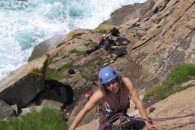

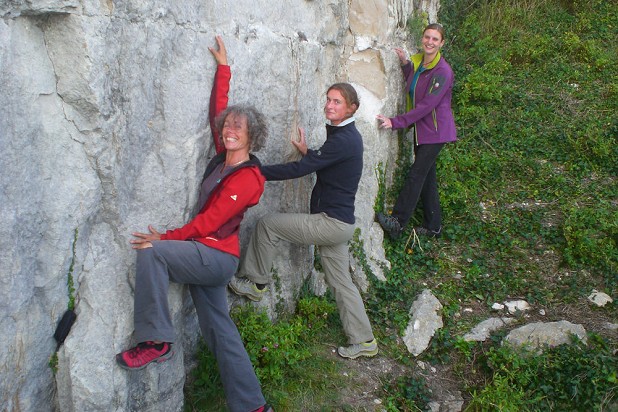
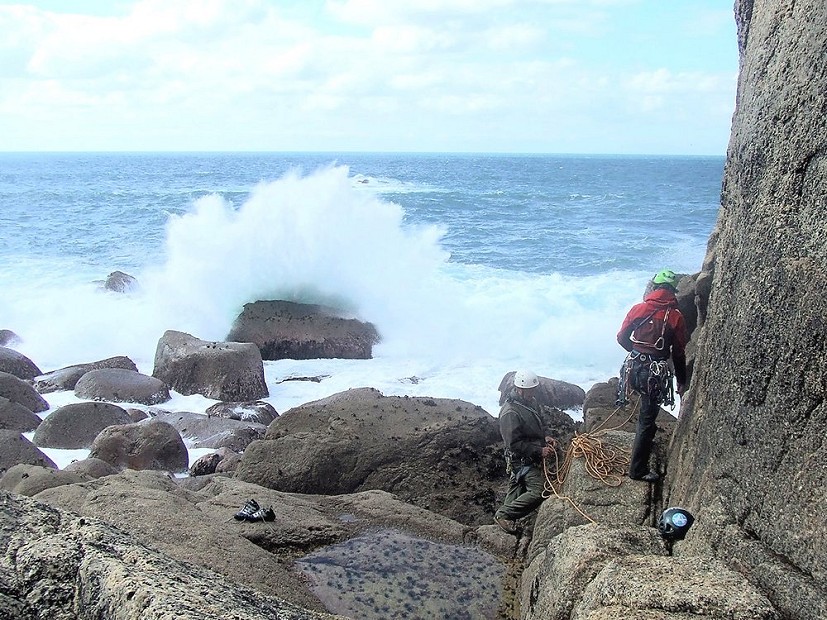
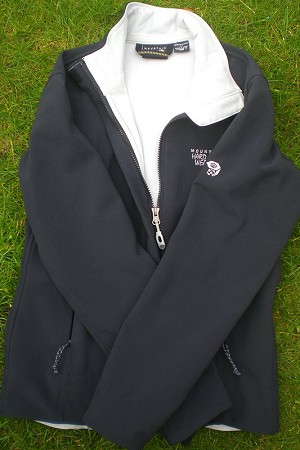
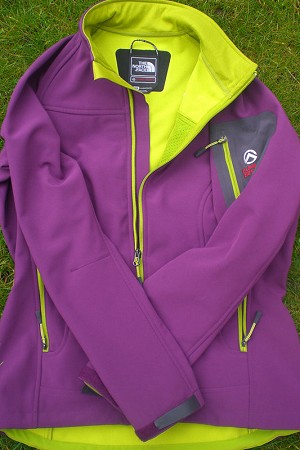
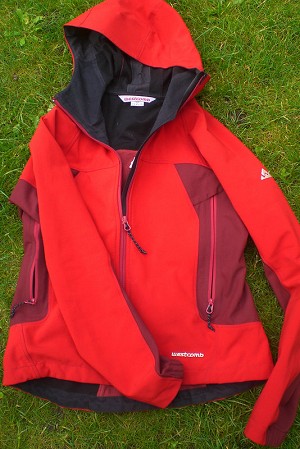
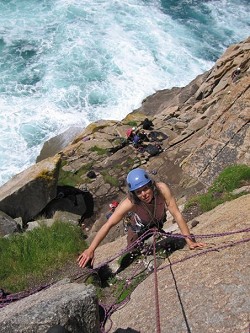

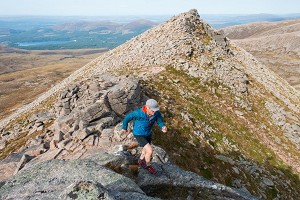




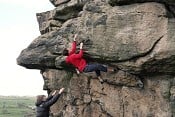
Comments